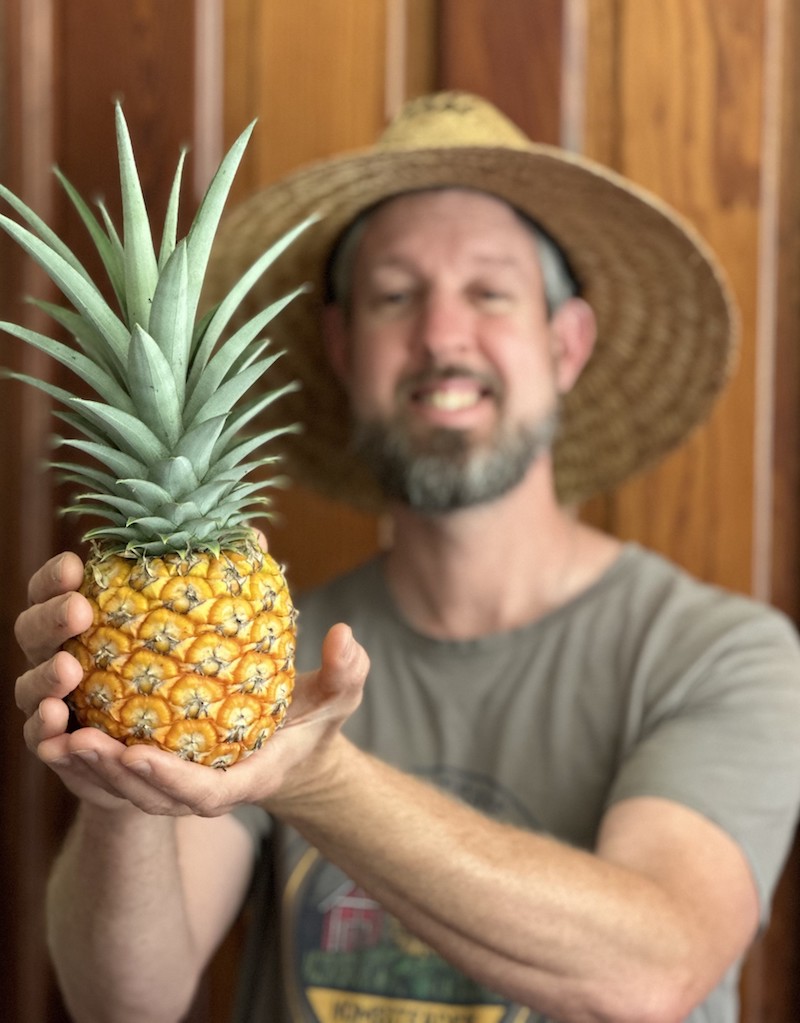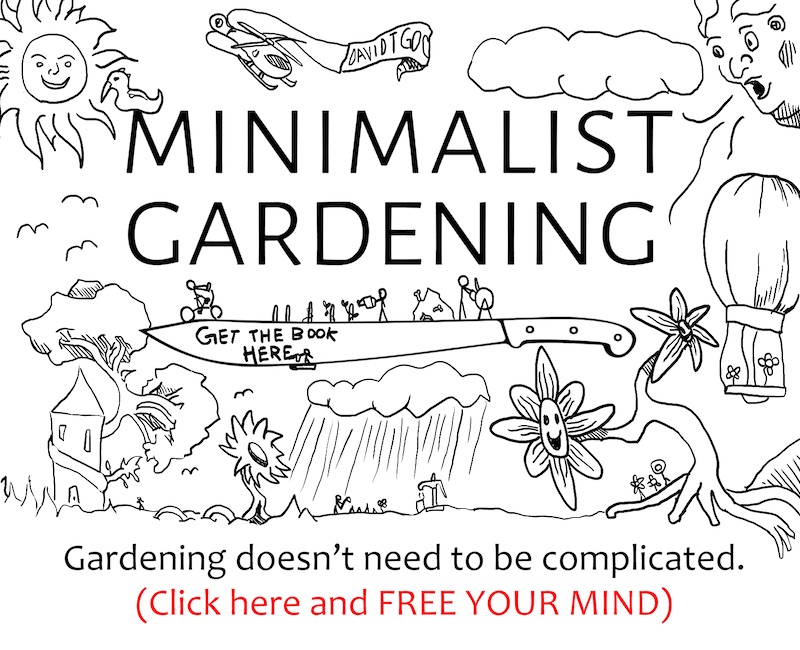Growing Pineapples in Lower Alabama
We successfully grew our first Lower Alabama pineapple, as of yesterday:
Now that’s satisfying!
How we Grew Our Pineapple
It’s simple. Three years ago, I planted a grocery store pineapple top in a pot and it rooted up nicely and started growing. Sometime last year, the plant bloomed. The resultant pineapple took all winter and into the spring to ripen up, due to the cold weather.
Yet it smells and looks amazing, despite being a little small. The aroma is detectable multiple feet from the pineapple itself.
This is not really the right climate for pineapples. As UF states:
Pineapple plants are best adapted to the warmest areas of Florida, along the southeast and southwest coasts. However, pineapple plants are grown in protected locations and landscapes throughout Florida. The time from planting to harvest depends upon the cultivar, cultural practices, and temperature; it ranges from 18 to 24 months.
Pineapple plants do not tolerate freezing temperatures below 28°F (-2.0°C), and temperatures below 60°F (15.5°C) and above 90°F (32°C) may slow plant growth. Optimum temperatures for pineapple growth range between 68°F and 86°F (20-30°C). Chilling injury caused by low, near freezing temperatures or light frosts may result in the upper leaf surfaces developing a red/white flecked, scorched appearance and pulp rotting of the fruit. Some protection may be obtained by covering outdoor pineapple plants with an insulating material such as blankets or mulch. Plants grown in containers may be taken inside.
My Grandfather grew pineapples in his Ft. Lauderdale yard when we were growing up, tucking them into the landscaping.
We have to grow pineapples in pots instead.
Pineapples in the Food Forest
I write more on pineapples in Create Your Own Florida Food Forest:
 You may do good okay growing unsheltered pineapples in North Florida for a few years, then BAM!, you get a 20-something degree night and your pineapples are dead. However, if you plant pineapples around the base of larger trees they’ll often do just fine through winter and will eventually give you fruit. I think the canopy of a food forest system will help immensely in keeping them alive. Though pineapples like full sun, they still fruit in some shade.
You may do good okay growing unsheltered pineapples in North Florida for a few years, then BAM!, you get a 20-something degree night and your pineapples are dead. However, if you plant pineapples around the base of larger trees they’ll often do just fine through winter and will eventually give you fruit. I think the canopy of a food forest system will help immensely in keeping them alive. Though pineapples like full sun, they still fruit in some shade.
Pineapples have shallow root systems that take a couple years to produce from a top or a slip, yet you can start them any time you want, put them aside, start more, put them aside, and eventually, you’ll have tons of pineapples. Just do it in between taking care of your faster-producing plants and you’ll get there.
In South Florida, pineapples can be tucked into any empty space as you have planting material. The thorny types are particularly good for boundary lines and places where you don’t want traffic. Pineapples like mulch and compost. If the leaves start to get very yellow or reddish, it often means they’re starving. A light fertilizer solution or some compost is usually good enough to make them happy again.
As your plants grow, they often make side shoots which you can separate and plant. Some pineapple varieties make a bunch of small shoots on the base of the fruits which work as planting material.
When planting pineapple tops, peel off the remaining fruit and the bottom few leaves of the top until you see some little root nubs beneath, then plant the top in the soil. This helps the plants get established faster. I do not recommend rooting tops in water as they’ll often rot. Plus, it’s easy to just stick them in the ground to root.
Pineapples are very easy to fit here and there throughout a food forest, climate permitting. Down in Grenada, they are often planted in rows at the edges of properties.
Growing Pineapples in Colder Climates
Here in Lower Alabama outside of Brewton, we probably can’t grow pineapples in the ground, even beneath trees. Perhaps right near the coast you could, as the ocean greatly moderates overnight lows, yet here the weather sometimes plunges down into the teens and sometimes stays below freezing for more than twenty-four hours at a time. Pineapples are unlikely to survive those conditions, so we grow them in pots instead.
Pineapples are well-suited to growing in pots. When it freezes, bring them inside. In 2-3 years, you’ll get fruit.
There’s a man named David who works at one of the grocery stores in town and he keeps a collection of pineapples alive at his house via bringing the pots in and out. It was him who encouraged me to do the same three years ago, when I told him I was going to plant some pineapple tops.
It’s not too hard, and the taste of truly ripe pineapple is amazing.
Now that we’ve harvested one, I want to plant more pineapples in the ground inside the greenhouse so we can enjoy an abundance of fresh pineapple fruit. They are undemanding plants, and well-worth growing, despite our unfortunate climate misalignment.





